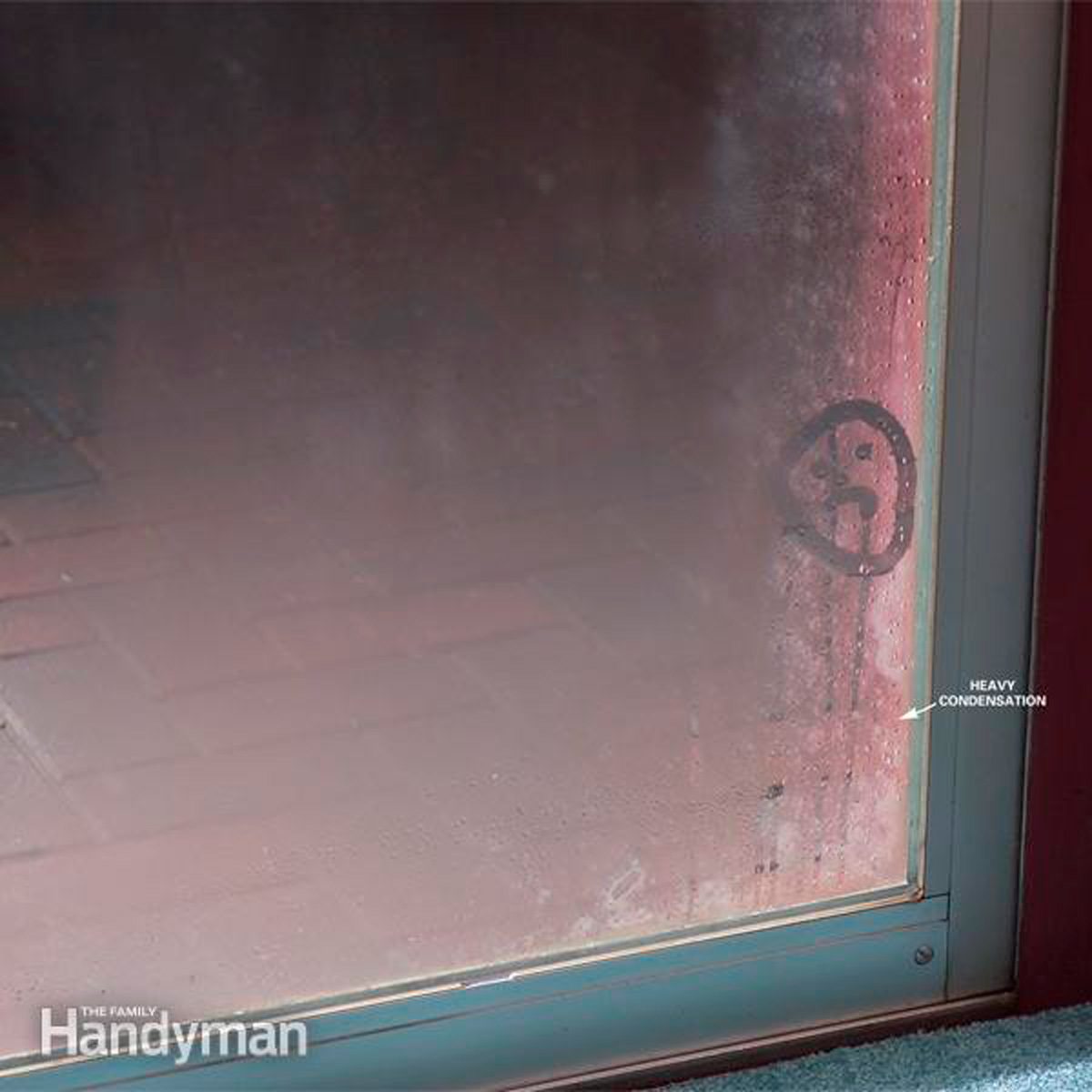How to Avoid Window Condensation in Winter

Window condensation is a nuisance, but worse yet it can cause damage to your window and wood trim finishes, and may be a warning of an even more destructive problem.
What causes window condensation
Fog or frost on your windows is caused by condensation. Condensation happens when the temperature of the glass is at or below the dew point of the air in your house. If the glass temperature in below freezing, then frost will form on your windows. The dew point is related to relative humidity. If the air in your house is very dry, your window glass would have to be very cold for condensation to form. On the other hand, warm air can be so humid that it condenses even on a relatively warm bathroom mirror. So what does all of this have to do with your windows? Two things: First, if the humidity in your house is too high, there’s a greater likelihood of condensation forming on the glass. And second, if your window glass is too cold, condensation will form more readily.
You can check your humidity level with a hygrometer.
There are two parts to preventing window condensation and frosty windows:
Part 1 – Reduce indoor humidity.
Since cold air tends to be drier, many people in colder climates run a humidifier to make the air more comfortable. And this is fine, but too much humidity is a bad thing. If condensation is forming on your windows, it also could be forming inside of your walls, causing mold or other problems. The other sources of indoor humidity are people, showers, cooking, leaky dryer vents and even houseplants. So if your windows are fogging up or frosting over here are some things you can do to reduce indoor humidity:
- Lower the setting on your humidifier.
- Turn on the bath fan when you’re showering. If you need to replace your old bath fan, here’s how.
- Run the kitchen exhaust fan when you’re boiling water. If you don’t have an exhaust fan in the kitchen, here’s how to add one.
- Check your dryer exhaust vent. Repair loose vent pipes and cover seams with duct tape.
Part 2 – Add a layer of glass or plastic to your windows.
There are several ways to add a layer of glazing to your windows. You can add storm windows, install heat-shrink plastic film or upgrade to double- or triple-glazed windows.
Additional layers of glazing provide better insulation and increase the temperature of the interior layer of glazing. Suppose it’s 25 degrees F outdoors and you have single glazed windows. The interior temperature of the glass probably wouldn’t be much above freezing. And at that temperature, even relatively dry air would condense on the glass. But, if you added a storm window, the interior temperature of the glass would be much warmer, and condensation would be less likely to occur. So, adding more layers of glazing allows you to have higher indoor humidity without frosty windows.
To avoid window condensation in winter, you’ll have to determine the right combination of indoor humidity and window insulation that solves the problem of window condensation.
Here are the 12 things homeowners should keep an eye on in winter.
No comments